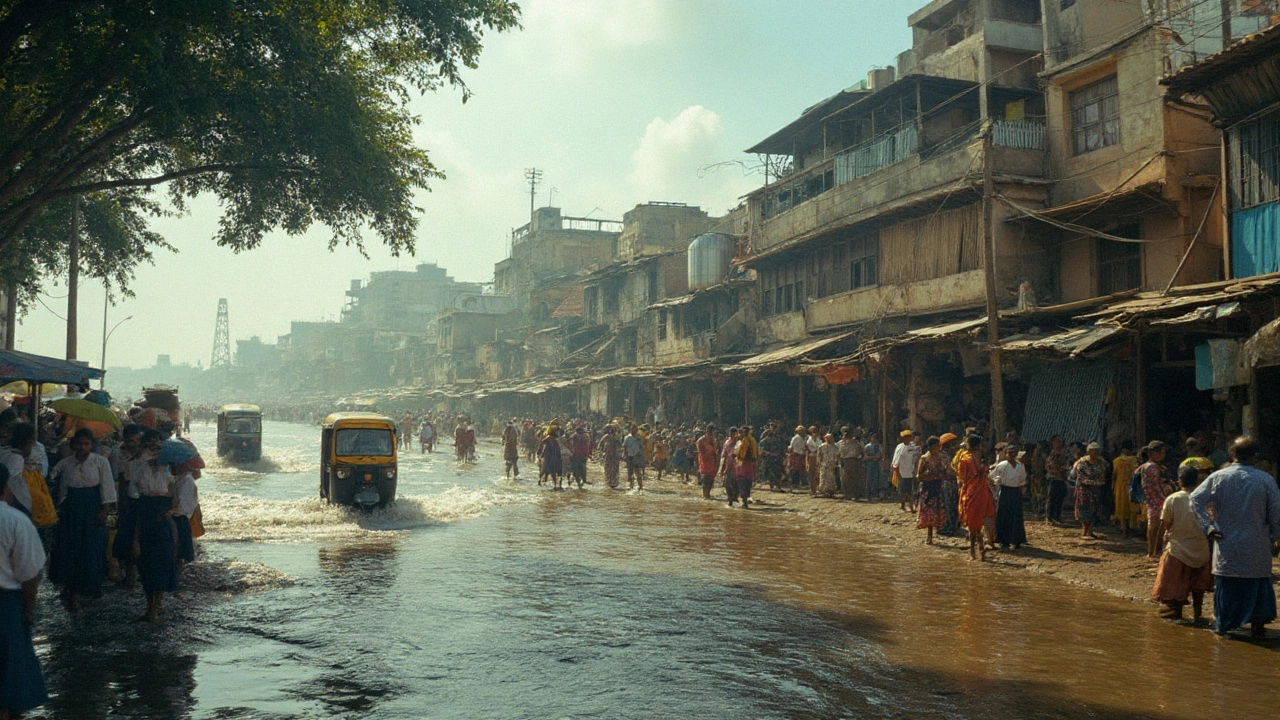Climate Migration: Why People Are Moving and What It Means for India
Climate migration, the movement of people due to environmental changes like rising seas, droughts, or extreme storms. Also known as environmental displacement, it’s not a future problem—it’s happening right now in India’s coastal villages, farming belts, and urban slums. When a farmer in Odisha loses three harvests in a row because the rains won’t come, or a family in Chennai watches their home flood for the fourth time this decade, they don’t wait for permission to move. They pack up and go. This isn’t tourism. It’s survival.
Climate migration isn’t just about weather. It’s tied to forced migration, when people have no choice but to leave because their land is no longer livable. In places like the Sundarbans, where saltwater is killing rice fields and homes are vanishing into the sea, entire communities are relocating to cities like Kolkata. But cities aren’t ready. No jobs. No housing. No water. These people aren’t statistics—they’re your neighbors, your classmates, your future coworkers. And they’re not coming from far away. They’re coming from the next district, the next state.
What makes this worse is that climate resilience, the ability of communities to adapt and recover from environmental shocks is uneven. Wealthy neighborhoods build seawalls. Poor ones get temporary relief camps. And while governments debate policies, families are already walking hundreds of kilometers with their children and livestock. This isn’t about politics. It’s about who gets to stay and who gets pushed out.
Some call these people climate refugees, individuals displaced by climate impacts who have no legal protection under current international law. But there’s no official label for them in India. No aid program. No resettlement plan. Just silence. And yet, the data doesn’t lie. Over 4 million people in India were displaced by climate-related disasters in 2023 alone. That’s more than the population of a medium-sized country.
What you’ll find in these posts isn’t theory. It’s real stories and real solutions. You’ll read about how public health programs are adapting to climate-driven disease outbreaks. You’ll see how renewable energy is helping villages stay put instead of fleeing. You’ll learn how technology transfer and scientific collaboration are giving communities tools to fight back. And you’ll meet the researchers and engineers on the ground making a difference—because when the water rises, the people don’t wait. Neither should we.




